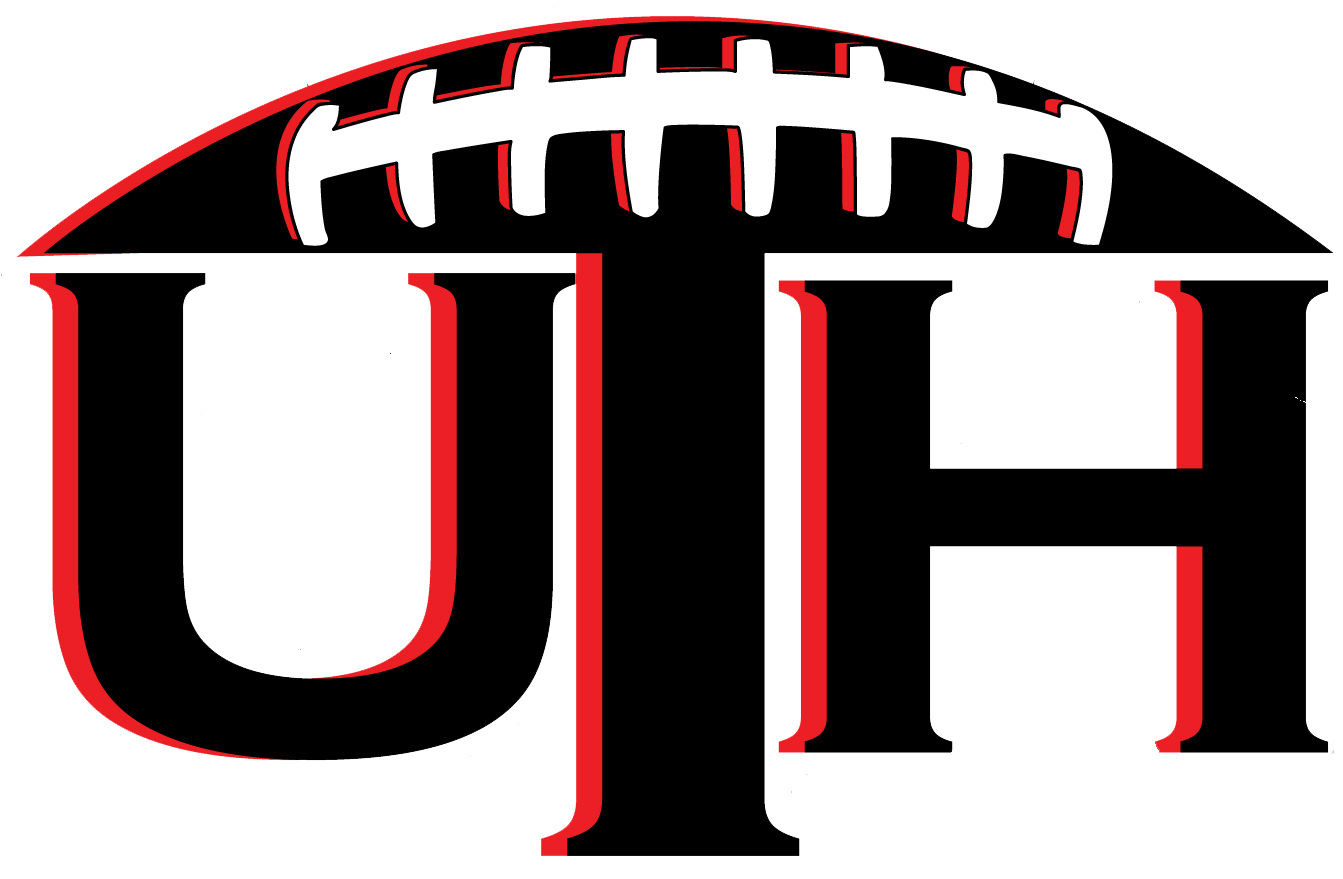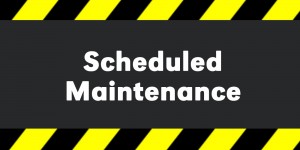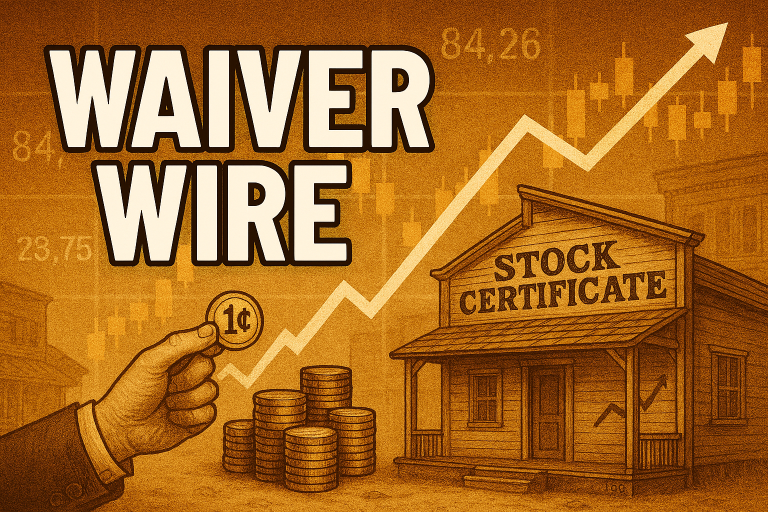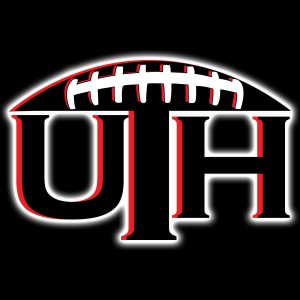Jeff Hill has been playing fantasy football for more than a decade but decided to get into dynasty in 2013. He’s been listening to UTH since before the launch of the site, and has written for UTH and Global Football Today. Follow him at @hill_jeffrey.
This series is geared towards the redraft player who is transitioning to dynasty for the first time. Suddenly, there is a whole new level of depth to the strategy, and making a few critical mistakes in the first year or two can set a team back several years. Read on for some tips on how to avoid those mistakes.
Know Your League Mates
This is probably one of the most underrated aspects of being a dynasty owner. I’ve always kept a log of all trades I’ve made in my dynasty leagues to help keep track of what my thought process was at any given time. That way I can notice trends in my own behavior with regards to positional value, how I’m valuing future picks, etc. But after hearing Leo Paciga (@Ciga_FF) on a few podcasts referencing his dynasty notebooks, I took my efforts to the next level.
I now keep a word document for each league, with a section for each of the other owners. I try to track every piece of information I can, so I’m as informed as possible. I lead with a general idea of where each team is on the rebuilding/contending spectrum – teams that are rebuilding have little use for the aging veterans, while contending teams may be willing to part with future picks for that last piece they think they need to win the title. I’ll comment on their general behavior when it comes to player value, how active they are, and if they’re easy or challenging to work with on potential trades.
I track every trade – I’ll try to get into owners’ heads in terms of why they made that trade, and if the result might make them more likely to want to make a similar move with me in the near future. I analyze trends in terms of how owners value future draft picks, and if those trends change. There is an owner in one of my leagues who hoarded picks and young players for the first few years. He has since pivoted to trading future picks for proven players and he attempts to consolidate and contend. I’m not going to expect to offer a future pick for one of his better players and get a deal done because he’s clearly attempting to compete now. If an owner sends me a text or an email after I draft or trade for a player congratulating me, I’ll enter that info.
You never know when an owner may be willing to pony up a little extra for a player they like, and the easiest way to know who those players are is to listen to them when they tell you. One owner in a league I’m in is partial to Michael Floyd. So if I decide to move him, this owner is most likely to offer his best package. I’ll include the owner’s favorite NFL team because it’s easy for an owner to be a little biased. Who doesn’t want to own the biggest asset or up and coming star on the local team? Some owners tend to build around running backs, or at least value the position higher than most. Maybe an owner has a favorite analyst or website they use for rankings, and you can use info from that analyst to know how an owner might value a specific player.
One of the keys to being a successful dynasty owner is using knowledge to leverage your league mates. If you listen, your league mates will be happy to tell you all the info you need to know. It’s just a matter of keeping it documented so you can use the info to your advantage later.



